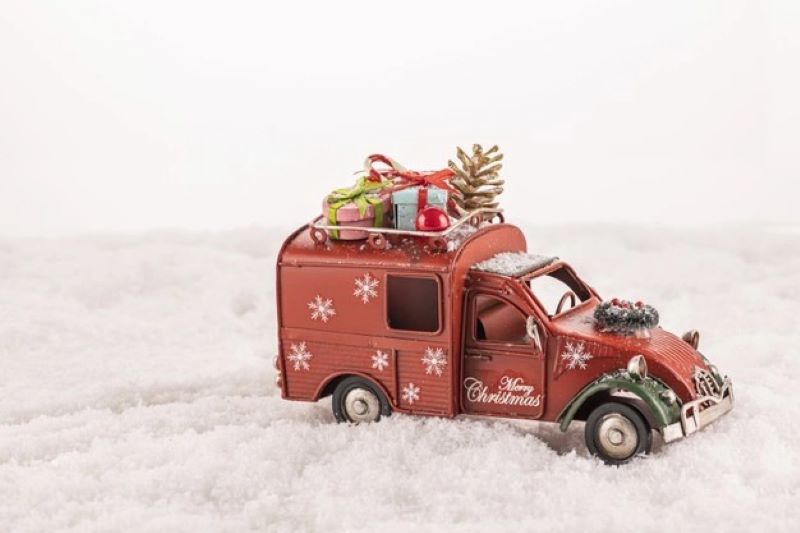The holiday season is a magical time of the year filled with joy, love, and family gatherings. It is a time when we decorate our houses, exchange gifts, and indulge in festive foods. The most wonderful holiday of them all is undoubtedly Christmas. It is a holiday celebrated across the world on December 25th. It is the time when Christians commemorate the birth of Jesus Christ, but the holiday has a rich history that spans beyond the religious celebration. In this article, we’ll delve into the history and origins of Christmas traditions.
Christmas Trees
The Christmas tree is a beloved holiday tradition that has been around for centuries. Decorating evergreen trees was practiced during the pagan celebration of winter solstice. People believed that trees had magical powers and brought good luck. The tradition was carried on by Christians, who adopted it in the 16th century. The first Christmas tree can be traced backed to Germany, and it became popular during the Victorian era when Queen Victoria’s husband, Prince Albert, decorated a tree at Windsor Castle.
Santa Claus
Santa Claus is a ubiquitous figure during the holiday season. However, he did not always wear a red suit or have a white beard. The legend of Santa Claus dates back to the third century when St. Nicholas was born in Patara, a village in modern-day Turkey. St. Nicholas was known for his kindness and generosity, giving presents to poor children. The modern-day version of Santa Claus was popularized by American poet Clement Clarke Moore in 1822. His poem, “A Visit from St. Nicholas,” told the story of Santa Claus arriving on Christmas Eve to bring presents to good children.
Mistletoe
Mistletoe has been a part of winter celebrations for thousands of years. It is a parasitic plant that grows on trees and is believed to have magical powers. Druids believed that mistletoe could cure illnesses, boost fertility, and protect against evil spirits. The tradition of kissing under the mistletoe dates back to Norse mythology. According to the story, the god Balder was killed by an arrow made from mistletoe. His mother, the goddess Frigg, wept tears onto the plant, and it became a symbol of love and forgiveness.
Christmas Carols
Christmas carols are songs that are sung during the holiday season. They have been around for centuries, with some of the earliest carols dating back to the Middle Ages. The word “carol” comes from the French word “carole,” which means a circle dance. Carols were traditionally sung during the winter solstice, and later adopted by Christians for their religious celebrations. Some of the most popular Christmas carols include “Silent Night,” “Joy to the World,” and “Hark! The Herald Angels Sing.”
Conclusion
Christmas is a time that brings people together, regardless of their beliefs or backgrounds. The holiday has a rich history that spans centuries, with traditions that have been passed down from generation to generation. Whether it’s decorating the Christmas tree or singing carols, these traditions help to bring meaning and joy to the holiday season. So, as we celebrate Christmas this year, let us remember the history and origins of these beloved traditions and reflect on what they mean to us.
